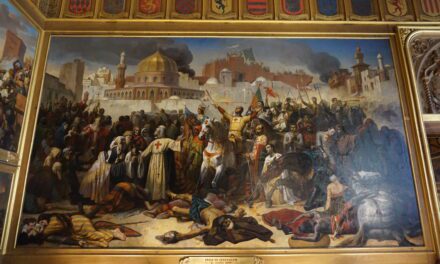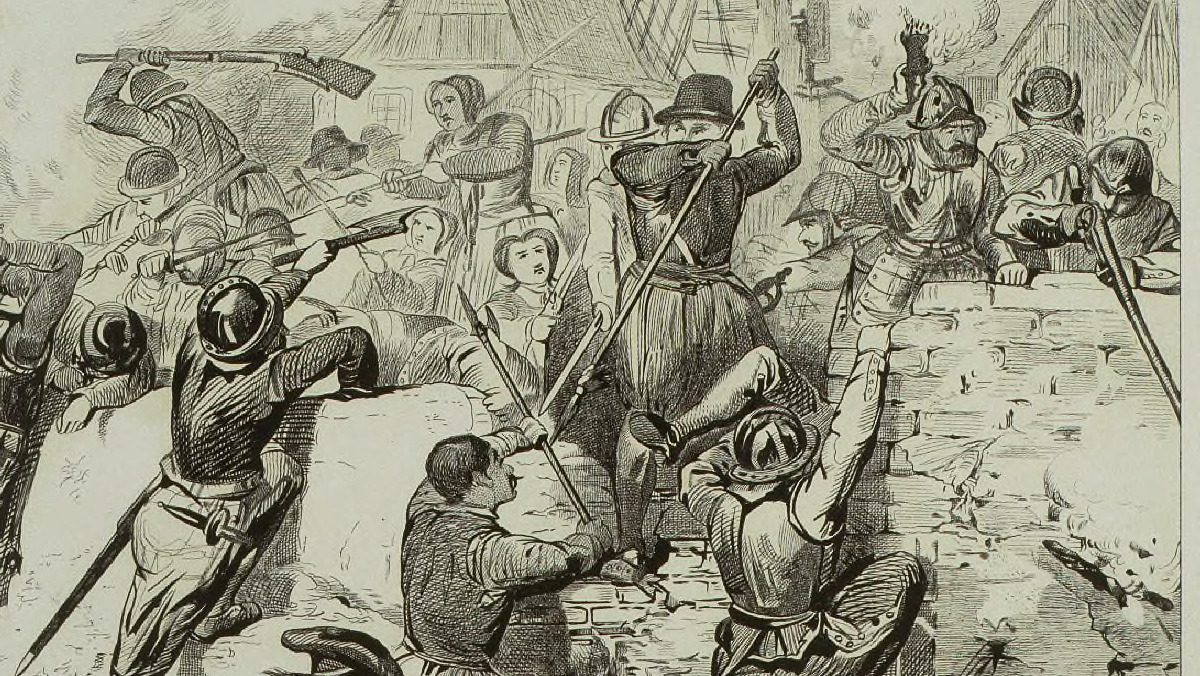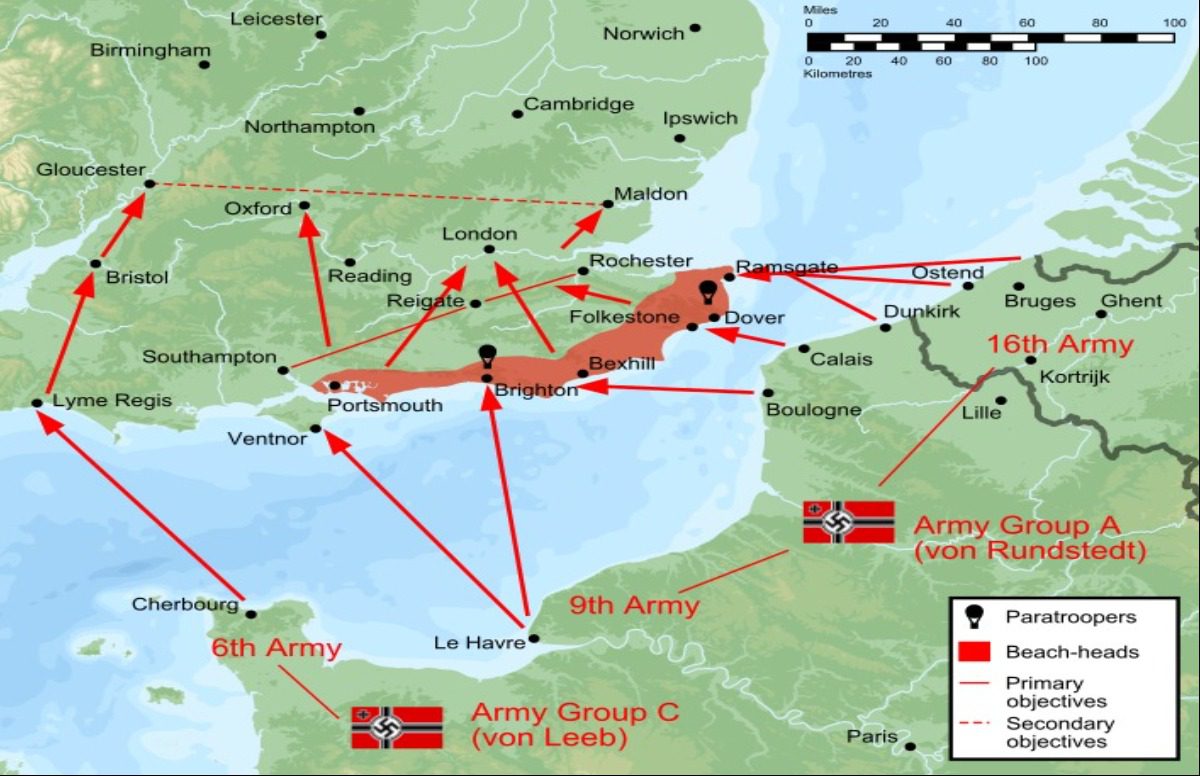November 12 @ 8:30 am – 4:30 pm at the East Malvern RSL, Melbourne
The Battle of the Beachheads was the bloodiest of all the Papuan campaigns. The resolve and tenacity of the Japanese defenders was, to Allied perceptions, unprecedented to the point of being “fanatical”, and had not previously been encountered. Please join a group of well-qualified speakers as we examine the Battle of the Beachheads in a one-day conference. This conference is organised by Military History and Heritage Victoria and supported by History Guild.
As the battle for Guadalcanal dragged on the Japanese advance on the Kokoda Track culminated and they were ordered to ‘advance to the rear’.
Two delaying defensive positions at Eora Creek and Oivi-Gorari imposed a toll on the Australians’ pursuit, but allowed time for the Japanese to complete a labyrinth of bunkers and trenches around the Papuan beach head villages of Gona, Buna and Sanananda.
The Battle for the Beachheads, as it became known, saw an estimated 9,000 Japanese troops in well-prepared positions defend to the death the territory they had occupied for the last six months. MacArthur ordered that the positions be destroyed and over the next two months Australian and US Army troops battled not only the resolute Japanese but swampy terrain, kunai grass, oppressive heat, heavy rain, sickness and disease to complete this difficult and brutal task.
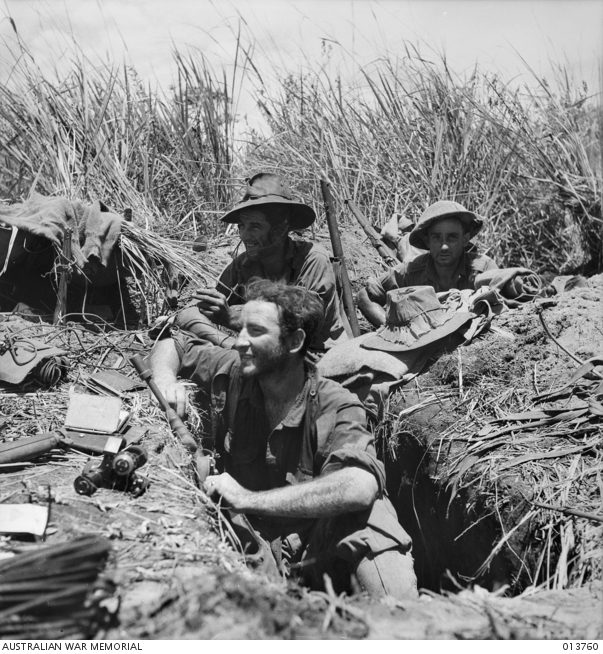
The Battle of the Beachheads was the bloodiest of all the Papuan campaigns. The resolve and tenacity of the Japanese defenders was, to Allied perceptions, unprecedented to the point of being “fanatical”, and had not previously been encountered. It was to mark the conduct of further battles throughout the remainder of the war. Securing victory at the Battle for the Beachheads cost Australia 1,261 dead and 2,210 wounded, and the Americans 734 dead and 2,037 wounded.
What was the Japanese plan? Who controlled the sea and the sky? How did the Allies mass forces onto the northern coast of Papua? Was the order to destroy the Japanese positions necessary? How well did the Australian and American forces cooperate in fighting the battle? Were Allied forces pushed beyond their capability? How much did tanks help to break the stalemate? What are the legacies of this little-known chapter of military history?
Please join a group of well-qualified speakers as we examine these and other questions in a one-day conference – The Bloody Beachheads: The Battles of Gona, Buna and Sanananda – on Saturday 12 November 2022 at the East Malvern RSL, Melbourne.
Find out More
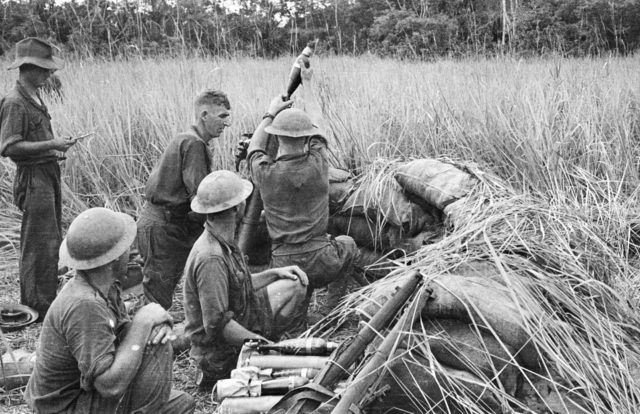
The Battle of the Beachheads – Podcasts
By late 1942, the Allies had pushed the Japanese forces back along the Kokoda Track and were now down on the coastal plains of northern New Guinea. The Japanese may have been retreating, but they intended to hold the vital beachheads from Gona down through Sanananda to Buna. The fight to take the beachheads would be bloody and brutal, but first the Australians and their American comrades had to get there.
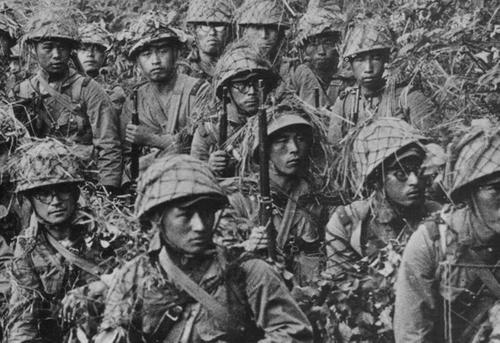
Japan’s Pacific War – Podcast
This podcast episode was commissioned by History Guild as part of our support of THE BLOODY BEACHHEADS: THE BATTLES OF GONA, BUNA AND SANANANDA – ONE DAY CONFERENCE. Angus Wallace, creator of the fantastic WW2 Podcast is joined by Peter Williams, author of Japan’s Pacific War: Personal Accounts of the Emperor’s Warriors.
Articles you may also like
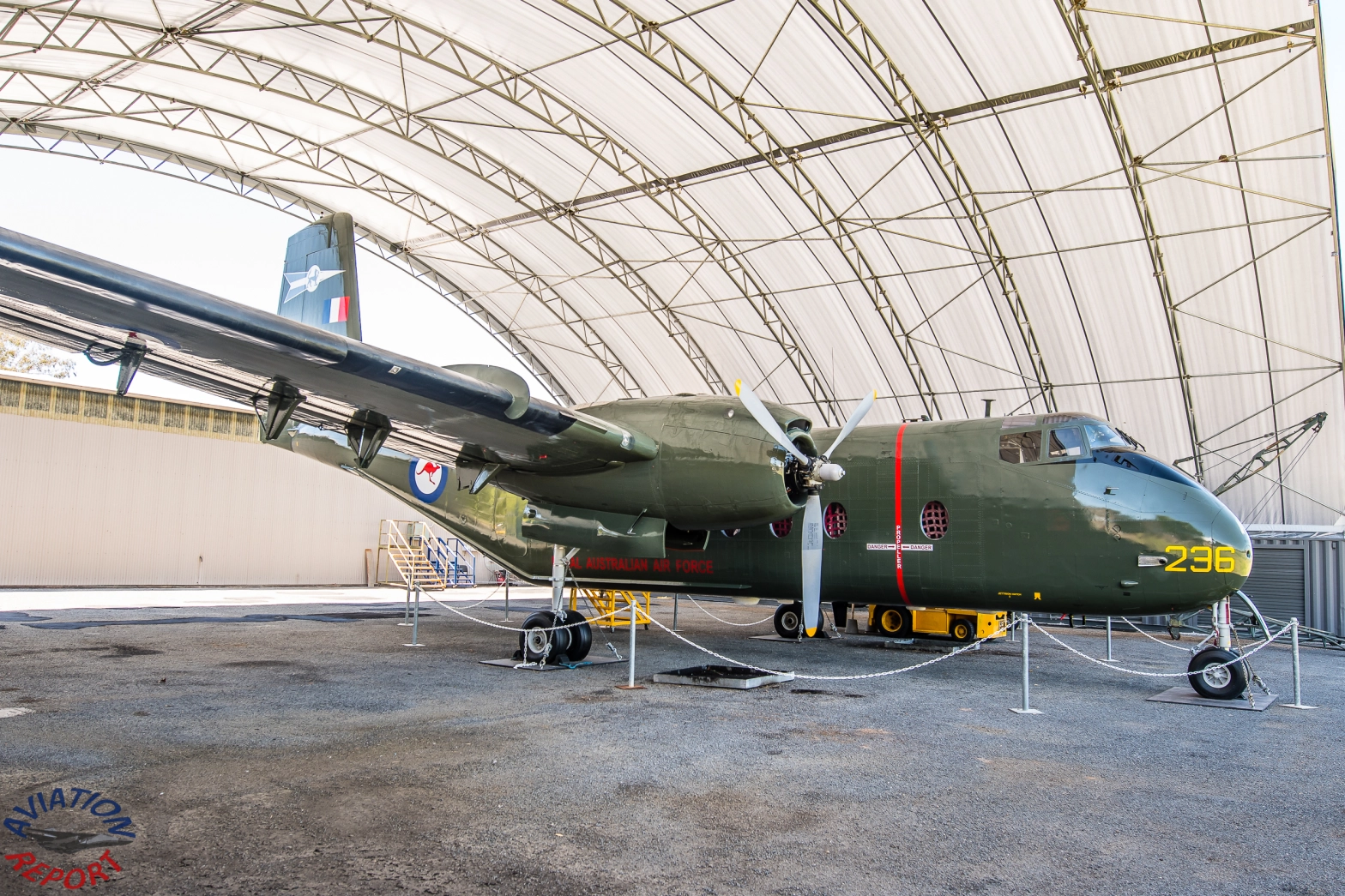
MUSEUM REVIEW – RAAF Amberley Aviation Heritage Centre
With the unfortunate cancellation of the 2022 Air Tattoo at RAAF Base Amberley, Qld, Team Aviation Report nonetheless made the pilgrimage from Melbourne to assess the works completed at the Aviation Heritage Centre since our last visit in the ‘teens. By Dion Makowski. It is clear a lot has occurred since our visit here a decade ago. […]
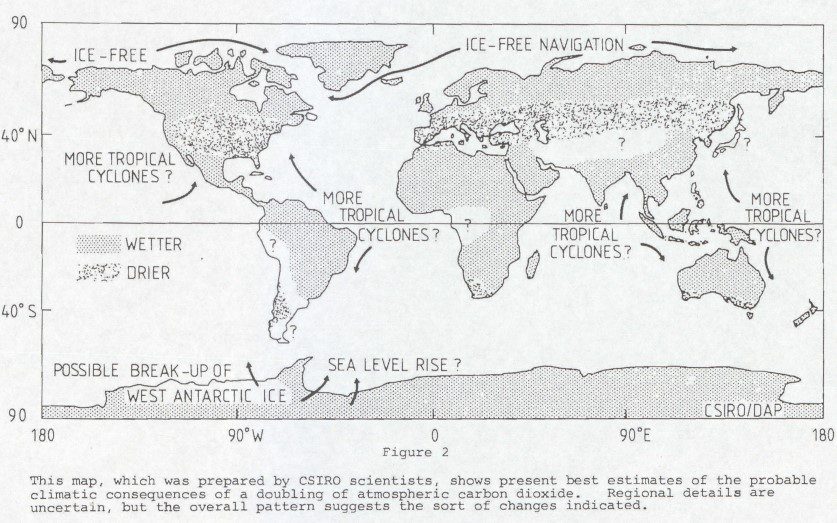
Intelligence agency’s 1981 assessment of climate-change threat was remarkably accurate
Reading time: 5 minutes
Australia’s national intelligence agency has released a report that ‘examines the implications of the increasing accumulation of carbon dioxide in the atmosphere as a result of the burning of fossil fuels, with special reference to Australia as a producer and exporter of coal’. It flags that ‘major economic and social adjustments’ are going to be required as a result.
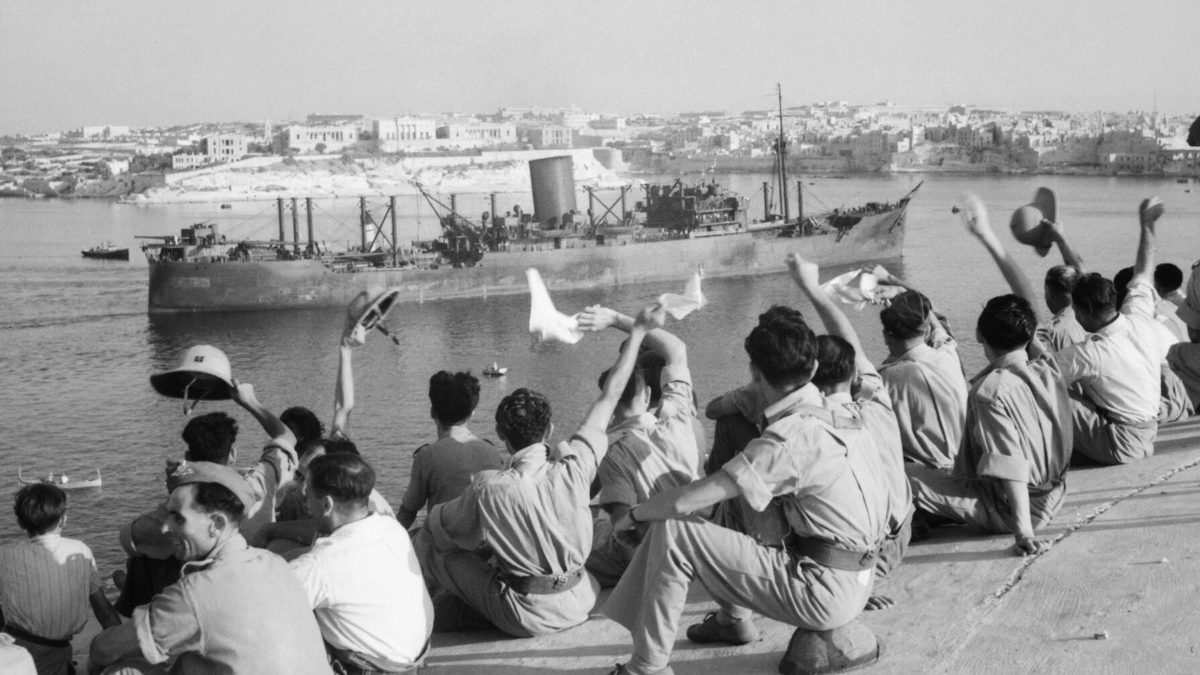
The Siege of Malta through Australian eyes
Reading time: 11 minutes
The Siege of Malta in the Second World War, which lasted from June 1940 until November 1942, was a linchpin of the war. Had Malta fallen to the Axis, the war may have concluded very differently. Australian soldiers, sailors, and airmen played a crucial part in defending the island, in this article we explore how they experienced it.
This article is published with the permission of the author. If you would like to reproduce it, please get in touch via this form.


